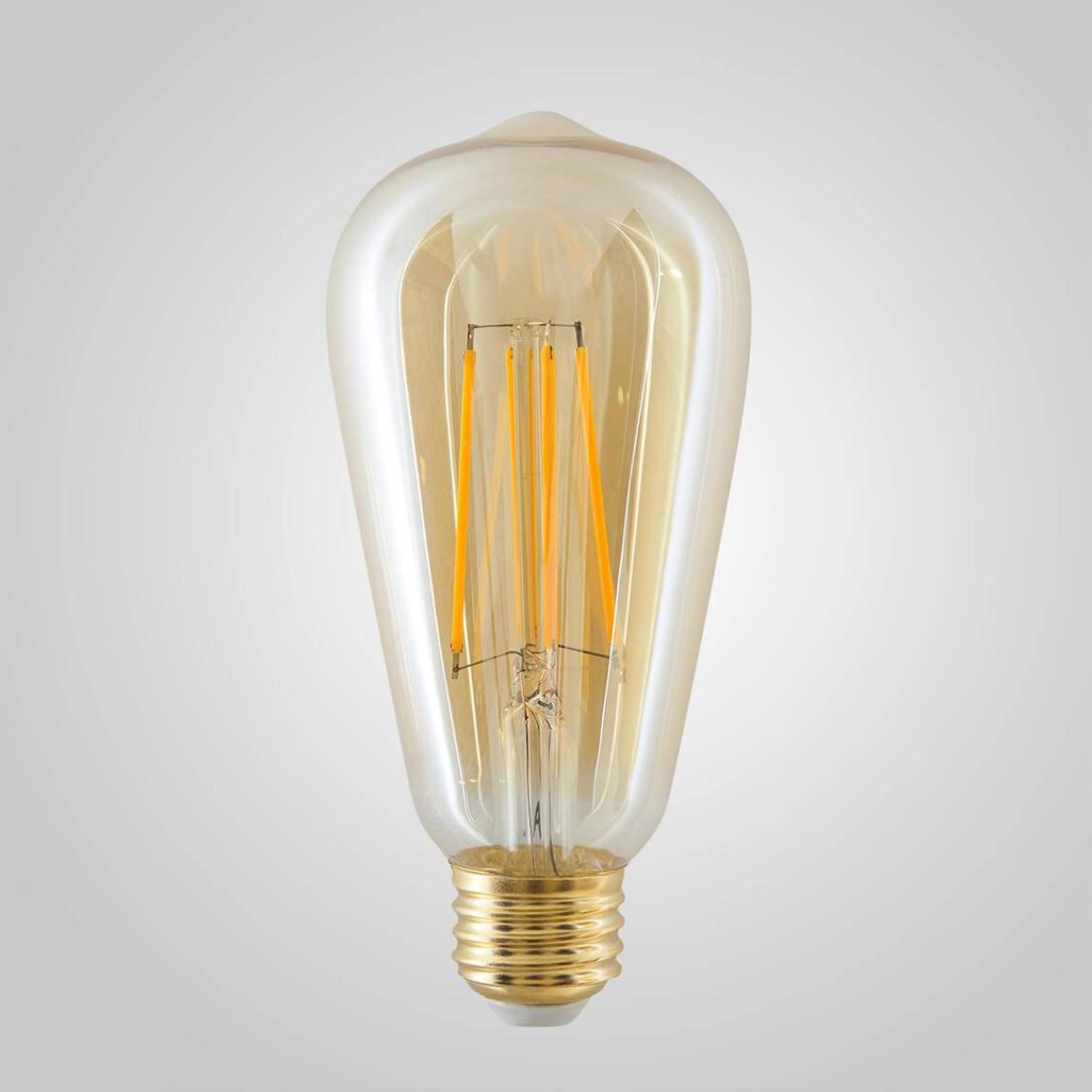

Articles
How To Change An LED Light Bulb
Modified: March 1, 2024
Learn how to easily change an LED light bulb with our step-by-step guide. Read our articles for helpful tips and tricks.
(Many of the links in this article redirect to a specific reviewed product. Your purchase of these products through affiliate links helps to generate commission for Storables.com, at no extra cost. Learn more)
Introduction
Welcome to this guide on how to change an LED light bulb. LED light bulbs have become incredibly popular in recent years due to their energy efficiency, long lifespan, and versatility in lighting options. Whether you’re looking to replace a burnt-out LED bulb or upgrade to a more energy-efficient option, this article will provide you with step-by-step instructions on how to safely and effectively change an LED light bulb.
Before we dive into the process, it’s essential to note that safety should always be your top priority. Be sure to turn off the power supply before working with any electrical components to avoid the risk of electric shock.
In the following steps, we will cover everything you need to know, from gathering the necessary tools and materials to disposing of the old LED bulb responsibly. So, let’s get started and bring some brightness back into your space!
Key Takeaways:
- Safely change LED light bulbs by gathering tools, turning off power, removing old bulb, inserting new bulb, testing, and disposing of old bulb responsibly. Enjoy energy efficiency and longer lifespan!
- Prioritize safety when changing LED light bulbs. Gather tools, turn off power, remove old bulb, insert new bulb, test, and dispose of old bulb responsibly. Enjoy energy efficiency and longer lifespan!
Read more: How To Change A Light Bulb
Step 1: Gathering the necessary tools and materials
Before you begin changing the LED light bulb, it’s crucial to gather all the necessary tools and materials. Here’s a list of items you’ll need:
- Replacement LED light bulb: Make sure to choose a bulb that matches the type, size, and wattage of the old bulb. LED bulbs come in different shapes and sizes, such as A19, BR30, or PAR38, so be sure to check the label on the old bulb or consult the fixture’s manual for the appropriate replacement.
- Step ladder or stool: Depending on the height of the fixture, you may need a step ladder or stool to safely reach the bulb.
- Gloves: It’s always a good idea to wear gloves to protect your hands from any potential shards or broken glass.
- Soft cloth or tissue: Use a soft cloth or tissue to hold the bulb and prevent any oils or dirt from transferring onto the new bulb.
Once you have gathered all the necessary tools and materials, you’re ready to move on to the next step.
Step 2: Turn off the power supply
Before you begin any work on changing the LED light bulb, it’s vital to turn off the power supply to ensure your safety. Follow these steps:
- Locate the circuit breaker: Find the circuit breaker box in your home or building, usually located in a utility room, garage, or basement.
- Identify the correct circuit: Look for the circuit breaker that controls the specific area or room where the LED light fixture is located. Most circuit breaker boxes have labels that indicate which circuit corresponds to which area.
- Switch off the circuit: Flip the switch corresponding to the circuit that powers the LED light fixture to the “off” position. This will cut off the power supply and ensure that there is no electricity flowing to the fixture.
- Confirm the power is off: To be absolutely certain that the power is off, use a non-contact voltage tester. This handheld device can detect the presence of electricity without direct contact. Hold the tester near the light fixture to verify that no electrical current is present.
Remember, safety is essential when working with electricity. By turning off the power supply, you reduce the risk of electric shock or injury during the bulb replacement process. Take the time to perform this step before proceeding to the next one.
Step 3: Remove the old LED light bulb
Now that you have turned off the power supply, you can safely proceed to remove the old LED light bulb. Follow these steps:
- Allow the bulb to cool down: If the LED light bulb was recently in use, give it some time to cool down as it can become hot during operation. Touching a hot bulb can result in burns, so exercise caution.
- Put on gloves: Before touching the bulb, put on a pair of gloves to protect your hands from any potential shards or broken glass.
- Locate the bulb housing: Depending on the fixture, the bulb may be enclosed in a housing or a simple socket. Identify the area where the bulb is inserted.
- Unscrew or twist the bulb: Depending on the type of fixture, gently unscrew or twist the old LED bulb counterclockwise to remove it from the socket. Be careful not to apply too much force, as it may cause the bulb to break or damage the fixture.
- Dispose of the old bulb: Once you have successfully removed the old LED bulb, place it in a safe container for proper disposal. LED bulbs should be recycled or disposed of according to local regulations for electronic waste.
By properly removing the old LED bulb, you pave the way for a smooth installation of the new bulb in the next step. Take your time and handle the old bulb with care to prevent any accidents or damages.
When changing an LED light bulb, make sure to turn off the power to the fixture before unscrewing the old bulb. This will prevent any risk of electric shock.
Step 4: Insert the new LED light bulb
With the old LED light bulb safely removed, it’s time to insert the new LED bulb into the fixture. Follow these steps:
- Check the fixture compatibility: Before inserting the new LED bulb, ensure that it is compatible with the fixture. Refer to the fixture’s manual or consult the packaging of the new bulb to verify compatibility.
- Unpack the new LED bulb: Remove the new LED bulb from its packaging, being careful not to touch the bulb’s surface or any electrical components. Handle the bulb by its base or use a soft cloth to prevent transfer of oils or dirt.
- Align the bulb correctly: Align the pins or the base of the new LED bulb with the socket or fixture housing. Ensure that the bulb is inserted straight and evenly to avoid any damage.
- Push and twist the bulb: Gently push the new LED bulb into the socket or fixture housing and twist it clockwise until it is snugly fitted. Avoid applying excessive force, as it can damage the bulb or the fixture.
- Test the bulb: Once the new LED bulb is installed, turn on the power supply to test the bulb. If the bulb lights up, you have successfully installed it. If it doesn’t, double-check the power supply and ensure that the bulb is properly seated.
Remember to read any specific installation instructions provided by the manufacturer. Each LED bulb may have slightly different insertion methods, so familiarize yourself with the specific requirements of your bulb and fixture.
Read more: How To Change A Brake Light Bulb
Step 5: Test the new LED light bulb
After successfully installing the new LED light bulb, it’s important to test it to ensure everything is functioning properly. Follow these steps:
- Turn on the power supply: Flip the circuit breaker switch back to the “on” position to restore power to the LED light fixture.
- Switch on the light: Use the light switch or control associated with the LED light fixture to turn it on. Give the bulb a few seconds to warm up and reach its full brightness.
- Observe the light output: Take a moment to observe the new LED light bulb and check if it emits the desired brightness and color temperature. LED bulbs provide a range of color options, such as warm white, cool white, or daylight. Ensure that the light output meets your expectations.
- Check for any issues: Pay attention to any flickering, buzzing, or irregularities in the light output. If you notice any problems, it could indicate an incompatibility issue or a faulty bulb. In such cases, double-check the installation and consult the manufacturer’s guidelines.
If the new LED light bulb functions properly and meets your lighting needs, you have successfully completed the installation process. Enjoy the energy efficiency and longevity that LED bulbs offer.
Step 6: Dispose of the old LED light bulb properly
As responsible consumers, it’s crucial to dispose of the old LED light bulb in an environmentally-friendly manner. Follow these steps to ensure proper disposal:
- Check local regulations: Research your local guidelines and regulations regarding the disposal of electronic waste, including LED bulbs. Different areas may have specific requirements for recycling or safe disposal.
- Store the old bulb safely: Place the old LED bulb in a sturdy container or bag to prevent any breakage or leakage. This is especially important if the bulb is damaged or contains hazardous materials.
- Find a recycling center: Look for recycling centers or facilities that accept electronic waste in your community. Many municipalities and organizations provide designated drop-off locations for recycling light bulbs.
- Follow recycling instructions: When disposing of the bulb, follow the specific recycling instructions provided by the recycling center. Some facilities may require you to remove certain components or separate different materials.
- Don’t throw it in the trash: Avoid throwing the old LED bulb in regular household trash as it can end up in landfills and potentially harm the environment.
By properly disposing of the old LED bulb, you contribute to reducing electronic waste and promoting sustainable practices. Recycling allows for the recovery of valuable materials and prevents harmful substances from polluting the environment.
Remember, it’s essential to dispose of electronic waste responsibly and comply with local regulations. Be proactive in finding recycling options and encourage others to do the same!
Conclusion
Congratulations! You have successfully learned how to change an LED light bulb. By following the step-by-step instructions in this guide, you were able to safely and effectively replace your old LED bulb with a new one. Not only does changing to LED bulbs offer energy efficiency and longer lifespan, but it also provides you with various lighting options to suit your needs.
Remember, safety should always be your priority when working with electricity. Before starting the process, make sure to turn off the power supply and take necessary precautions such as wearing gloves and using a step ladder if needed.
Gathering the necessary tools and materials, turning off the power supply, removing the old LED bulb, inserting the new bulb correctly, testing it, and properly disposing of the old bulb are all essential steps in the process. By following each step carefully, you ensure that the installation is successful and minimize the risk of accidents or damage to the bulb or fixture.
Additionally, be sure to always refer to the manufacturer’s instructions and consult any specific guidelines or recommendations for your LED bulb and fixture. Each product may have slight variations or specific requirements that you need to be aware of.
By making the switch to LED bulbs, you contribute to energy conservation, reduce your carbon footprint, and potentially save money on electricity bills in the long run. So go ahead and enjoy the benefits of LED lighting in your home or workspace!
Thank you for following this guide on how to change an LED light bulb. We hope this information has been helpful to you. Happy lighting!
Frequently Asked Questions about How To Change An LED Light Bulb
Was this page helpful?
At Storables.com, we guarantee accurate and reliable information. Our content, validated by Expert Board Contributors, is crafted following stringent Editorial Policies. We're committed to providing you with well-researched, expert-backed insights for all your informational needs.
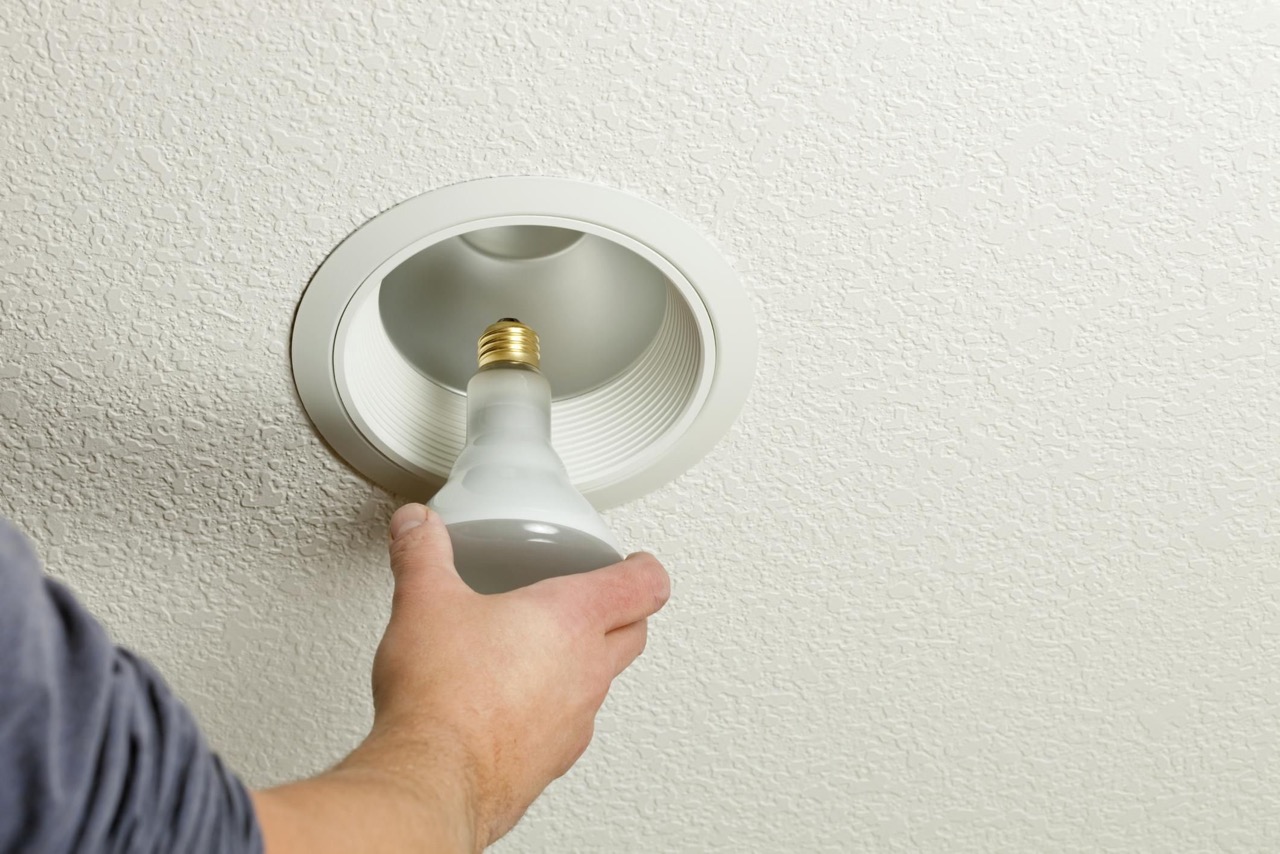
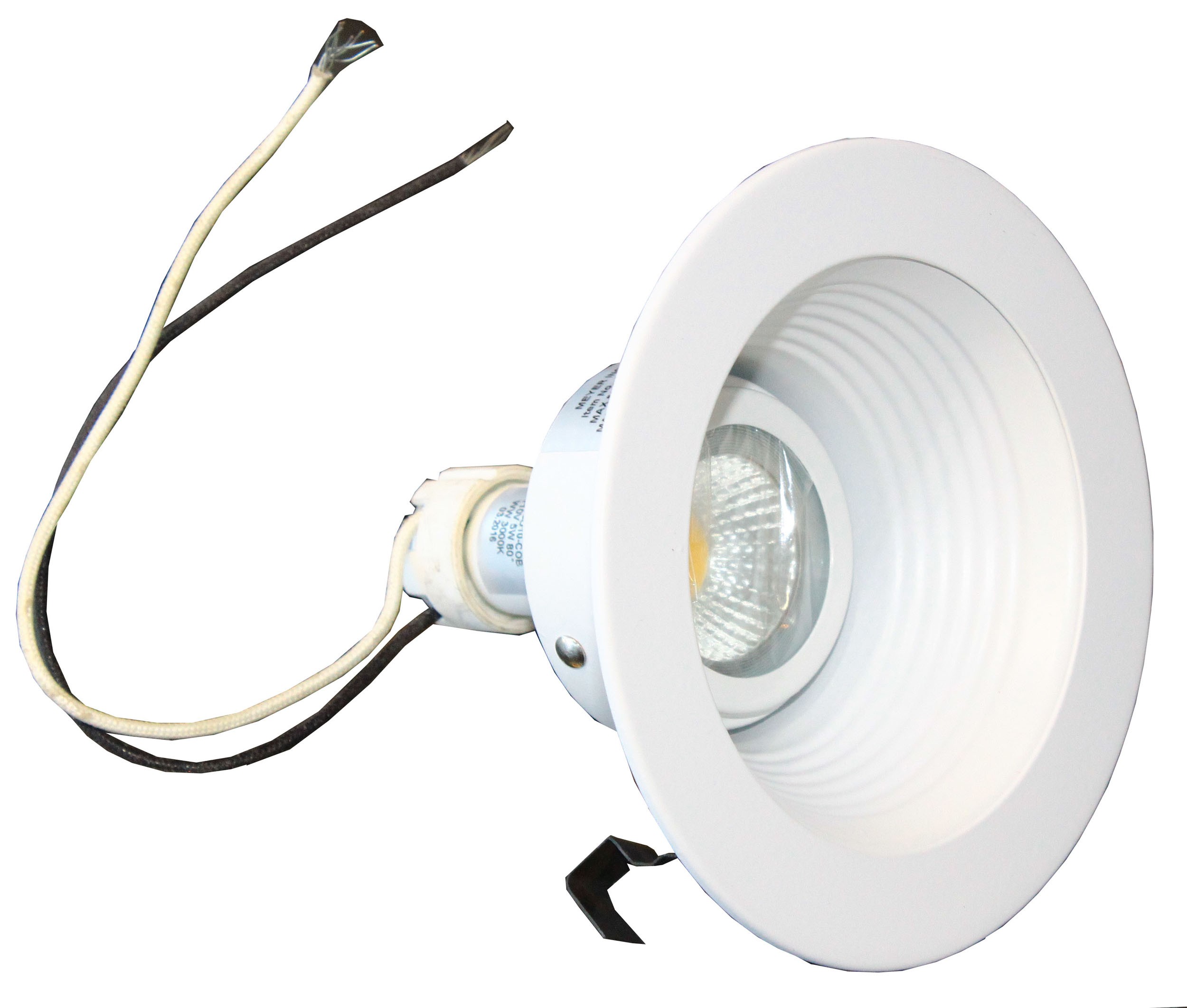
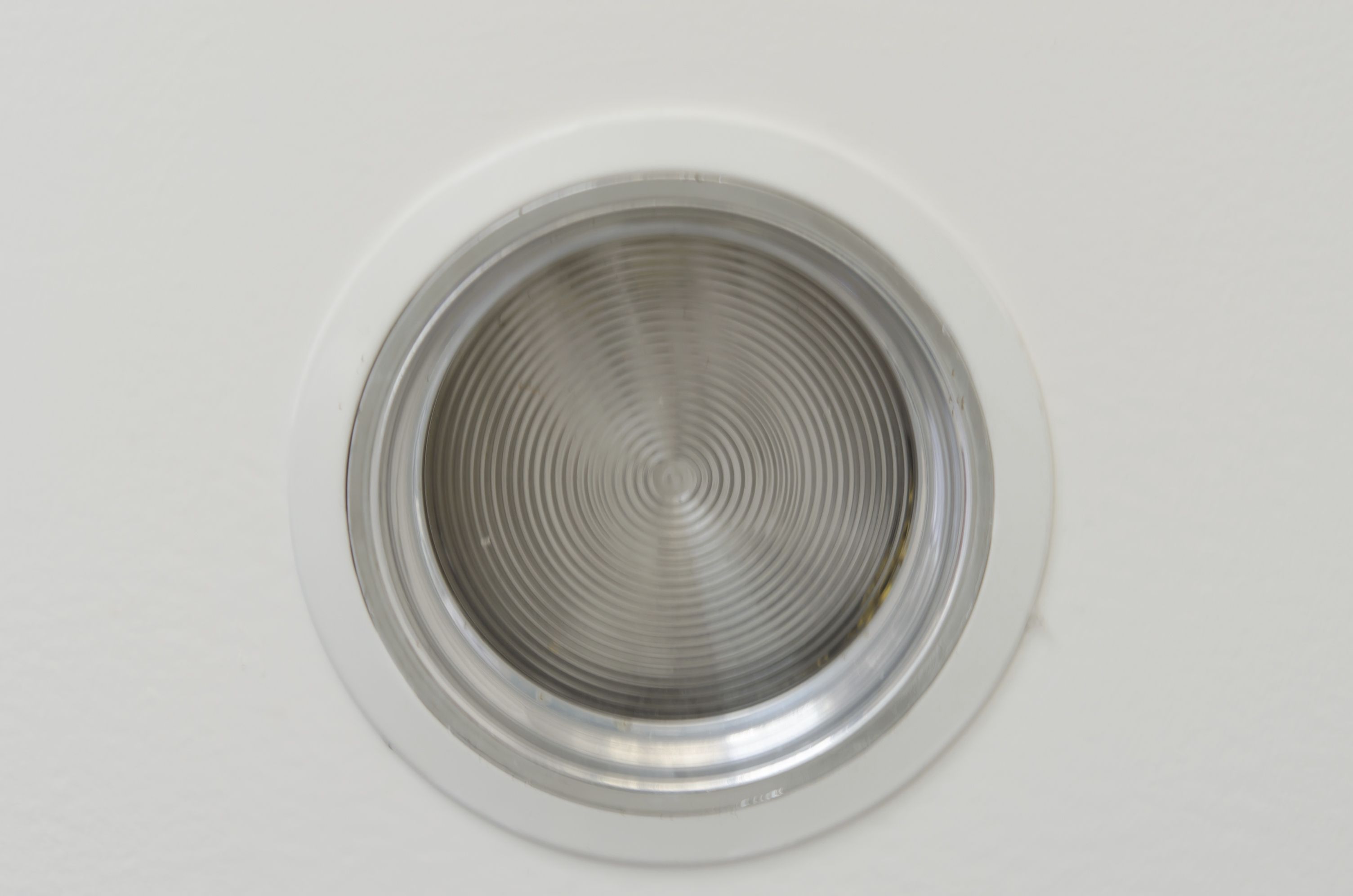
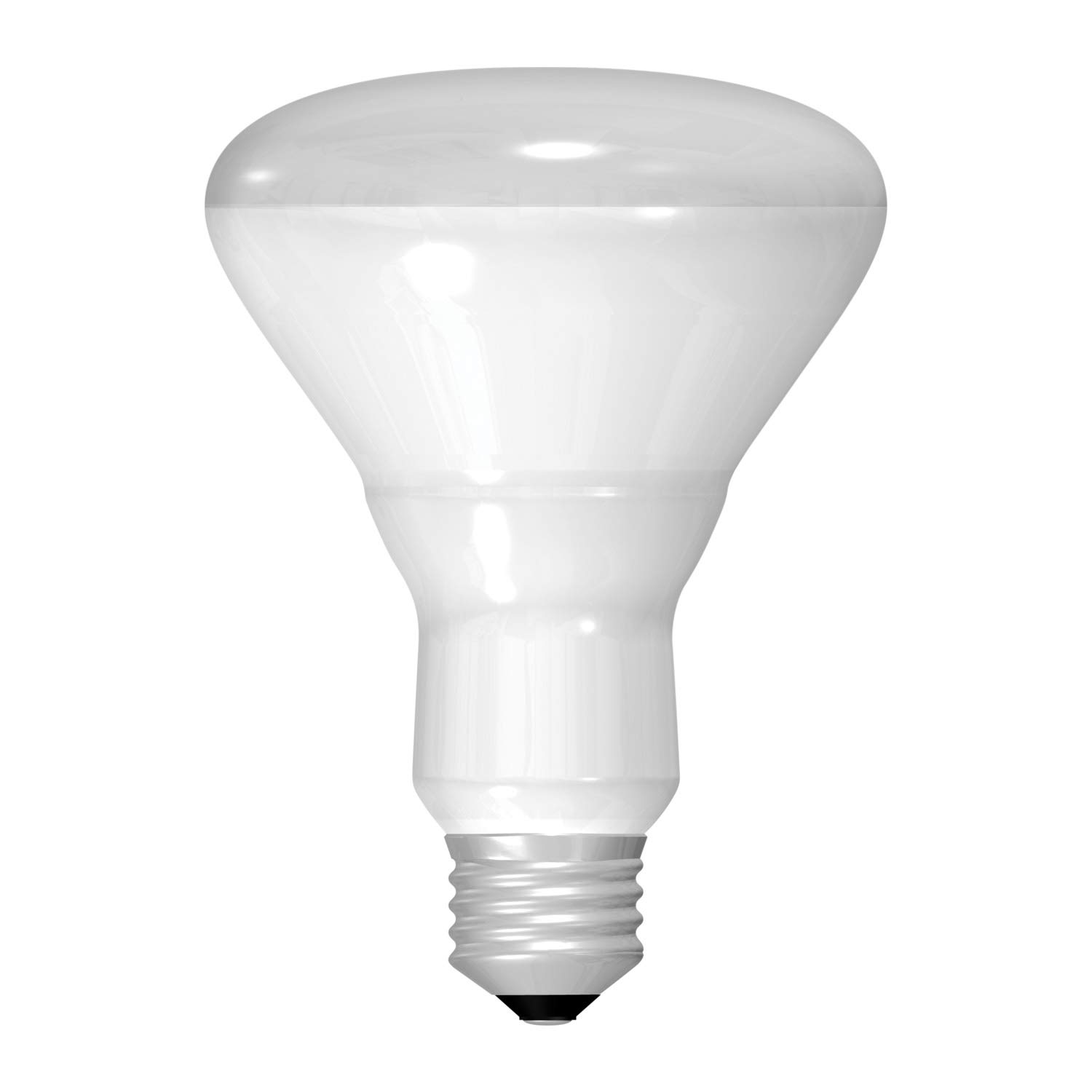
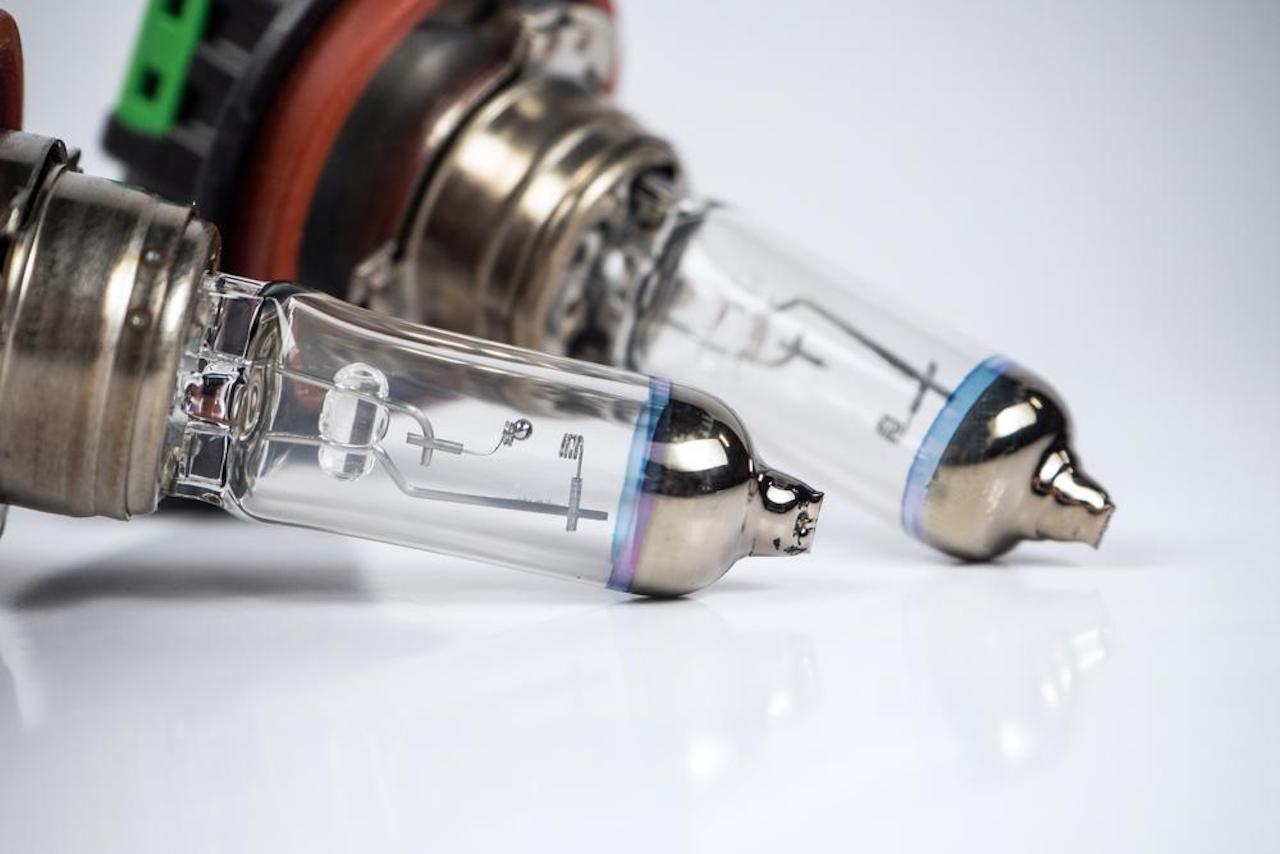
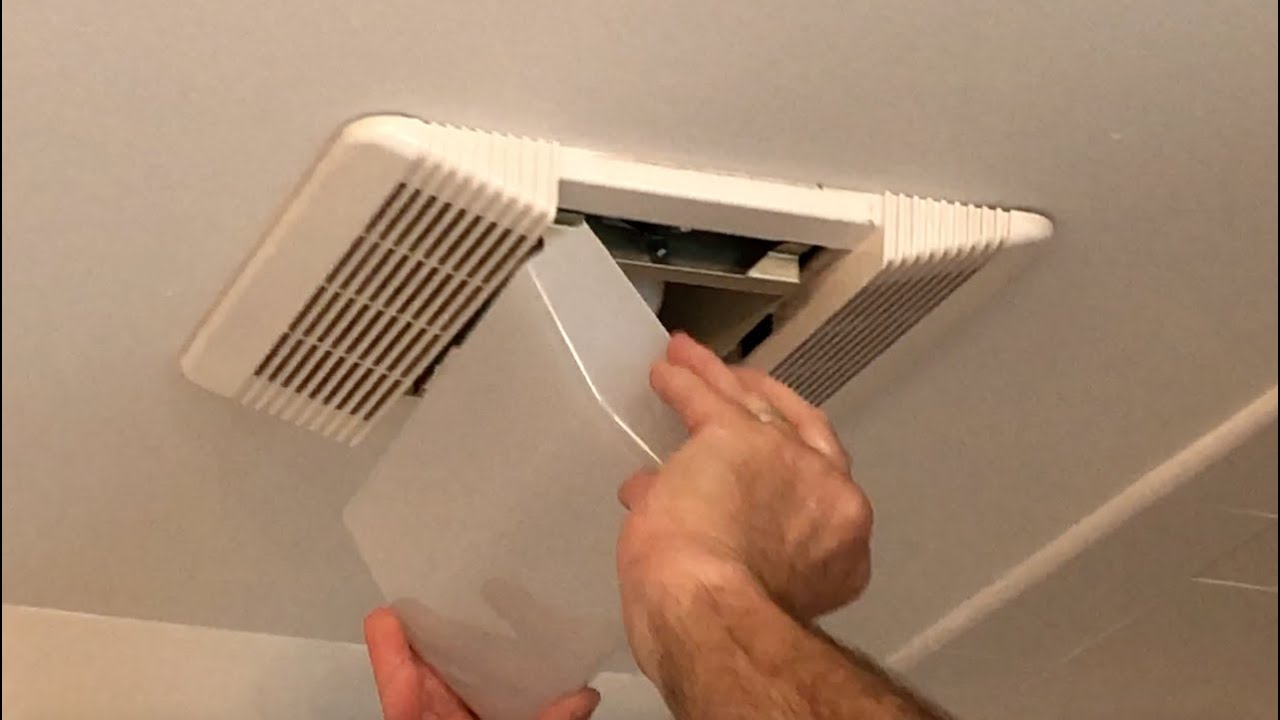
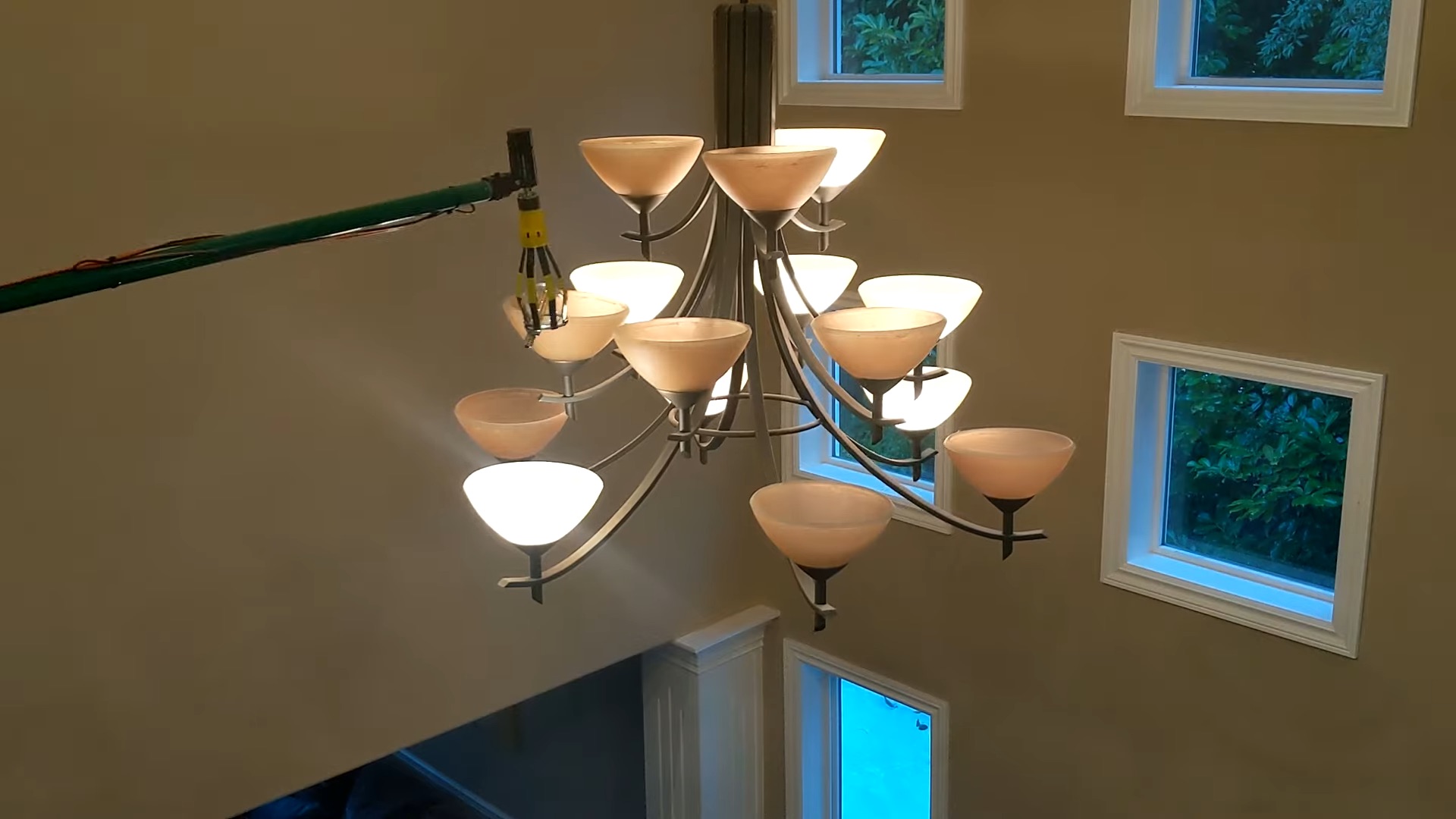
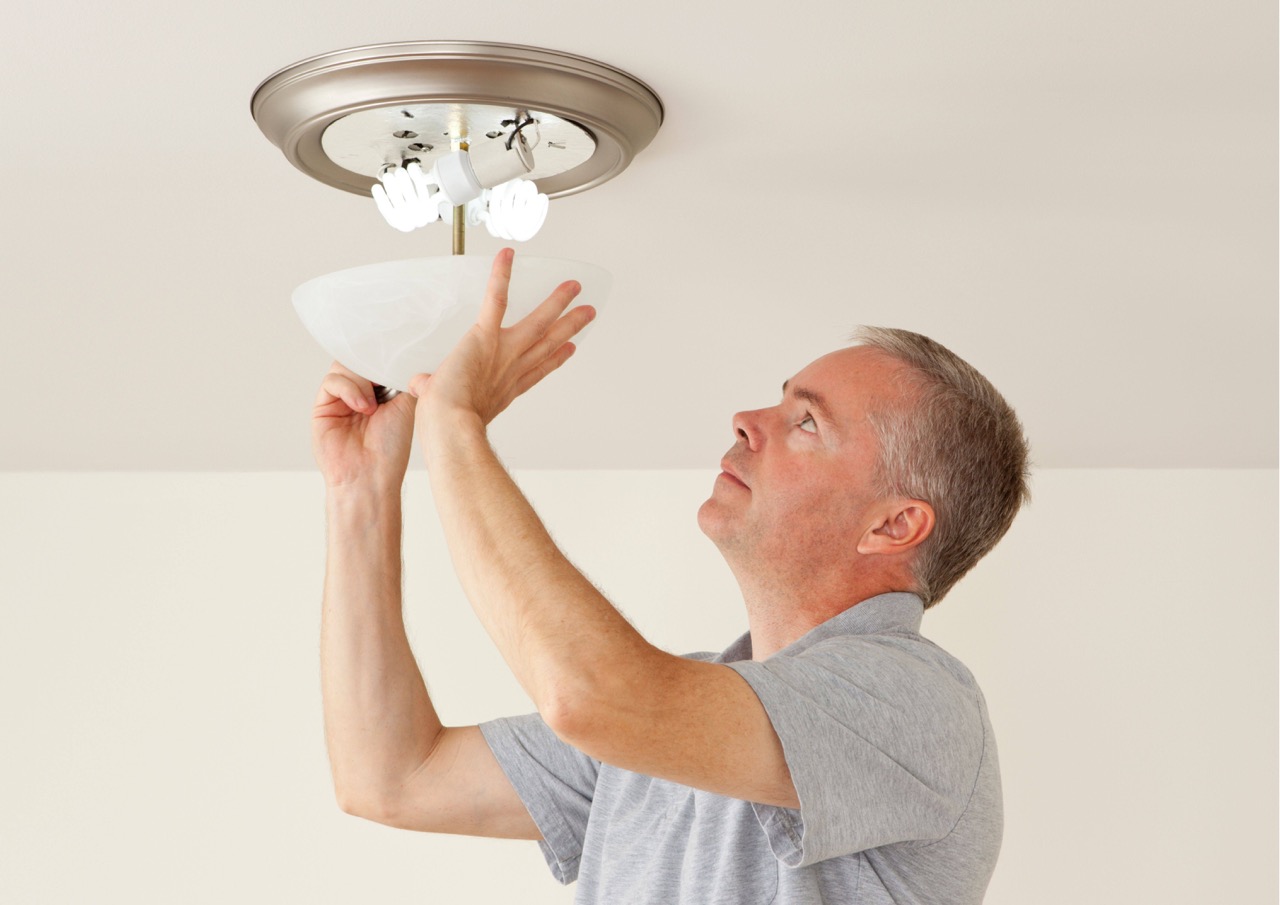
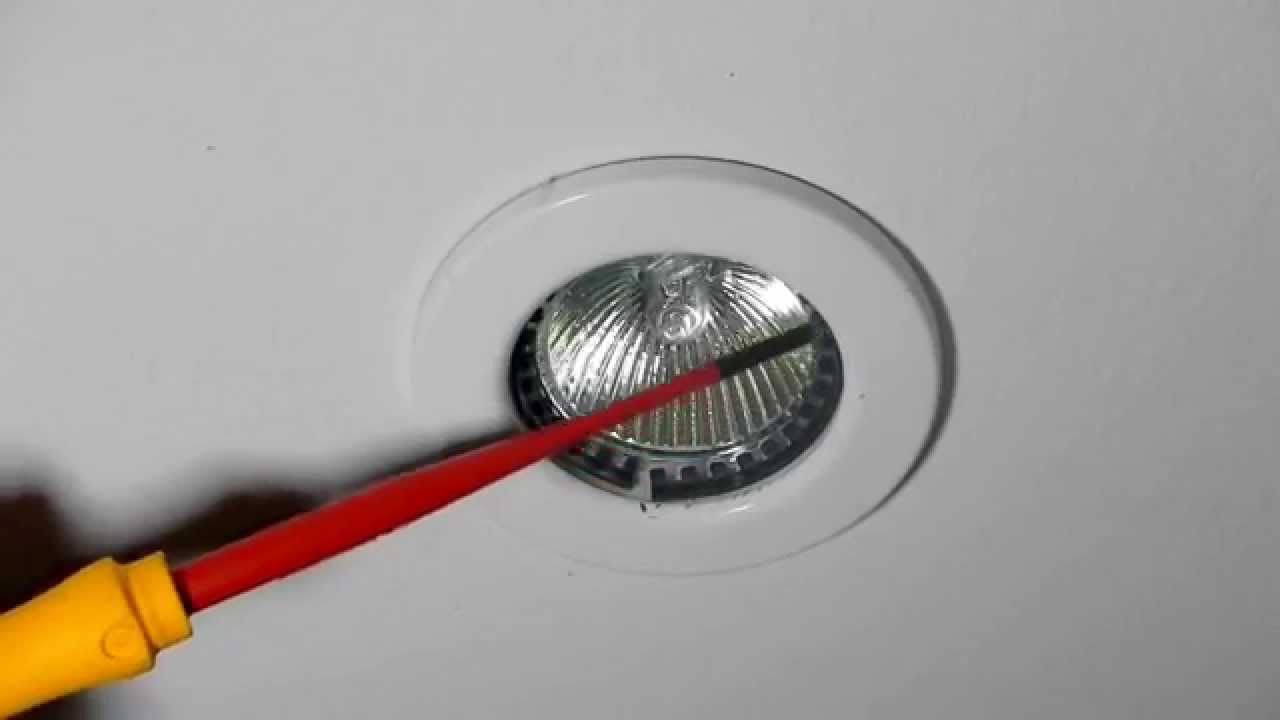
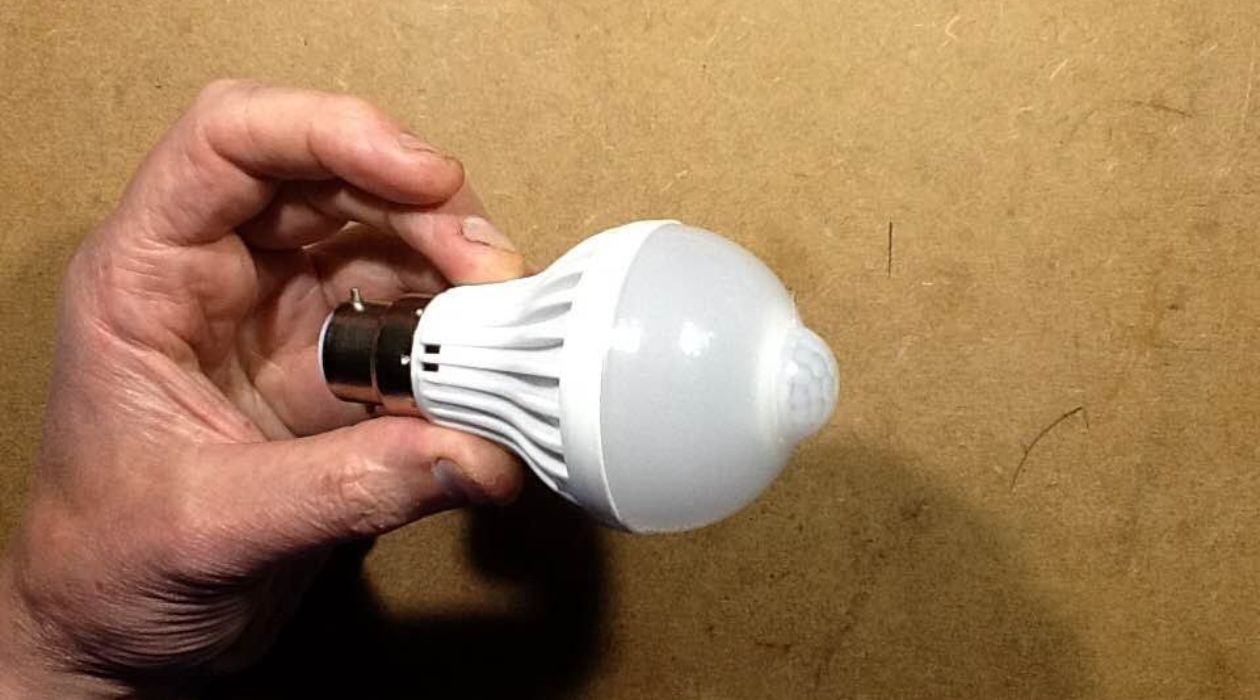
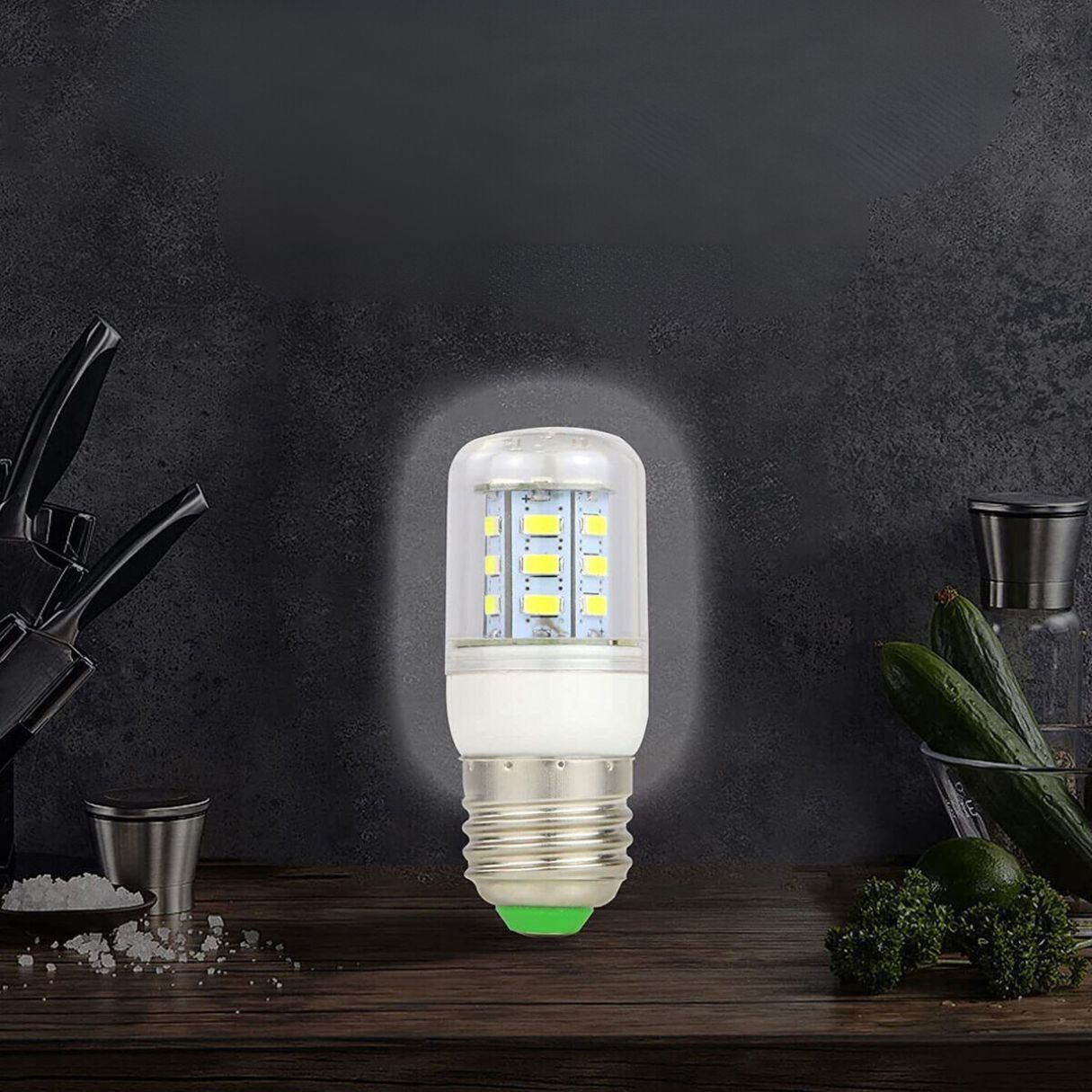
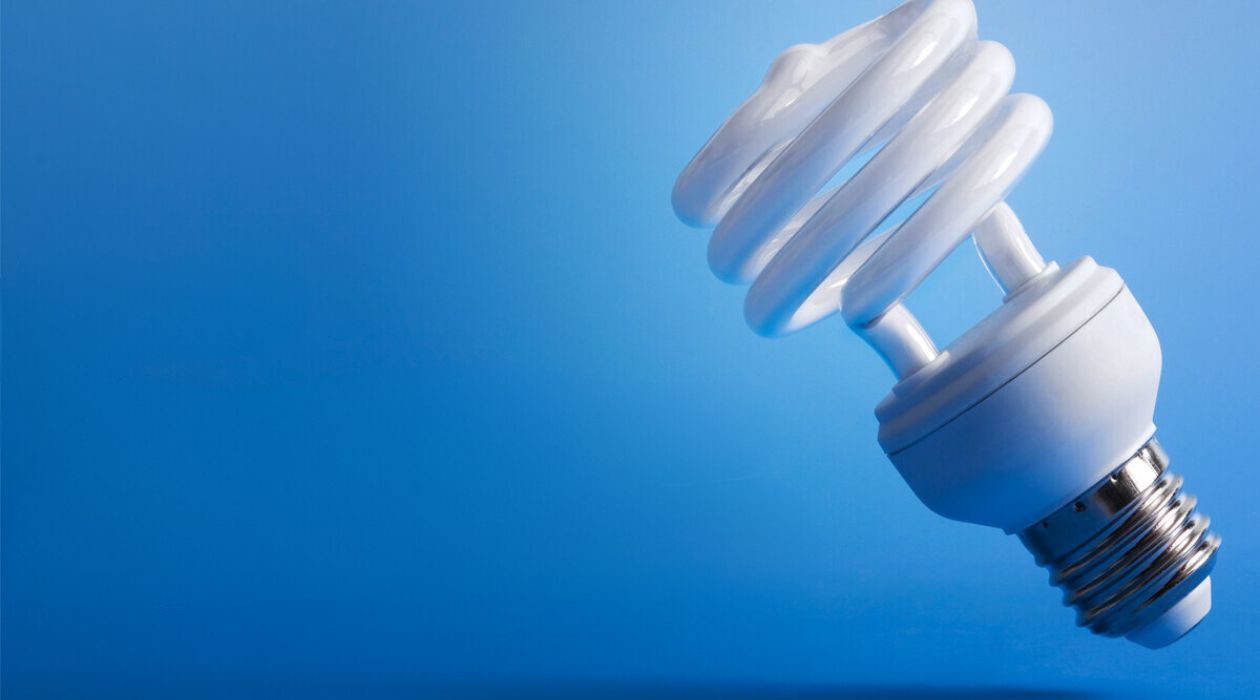
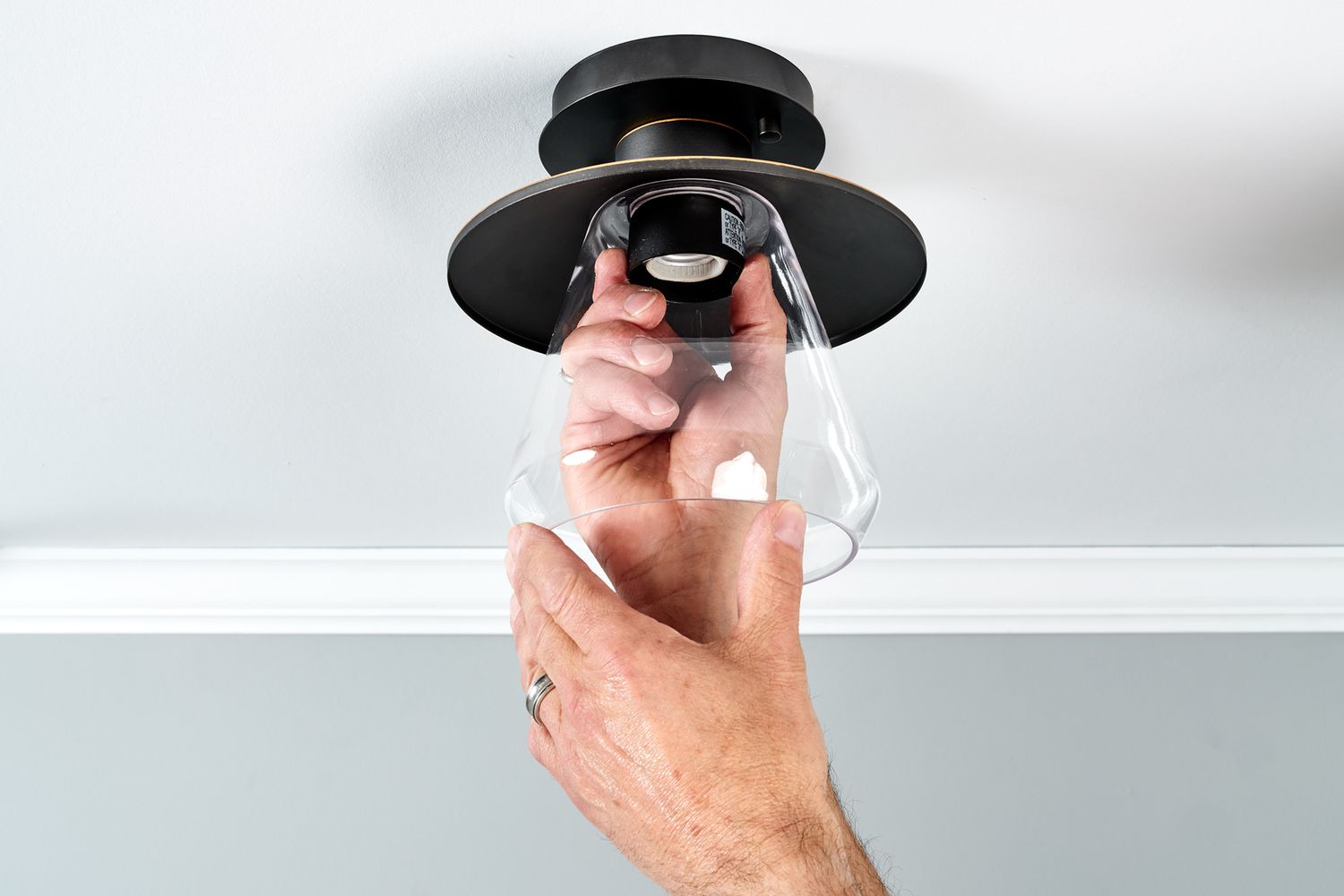
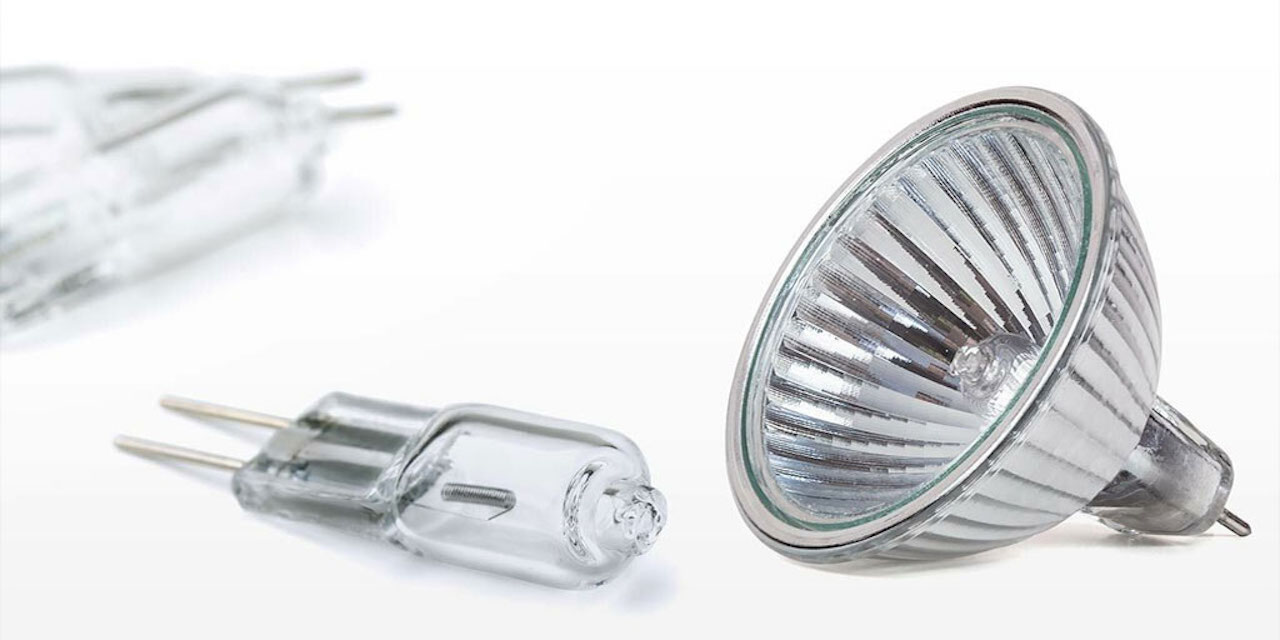

0 thoughts on “How To Change An LED Light Bulb”